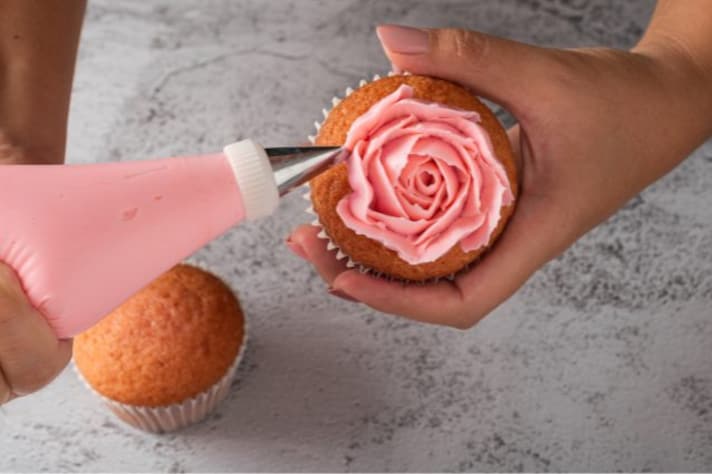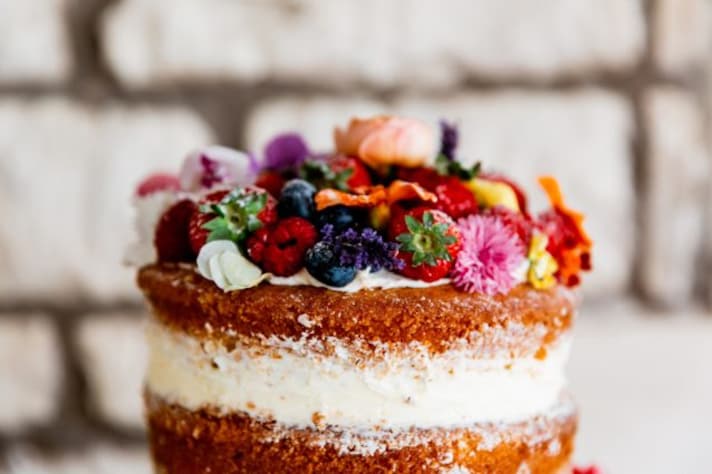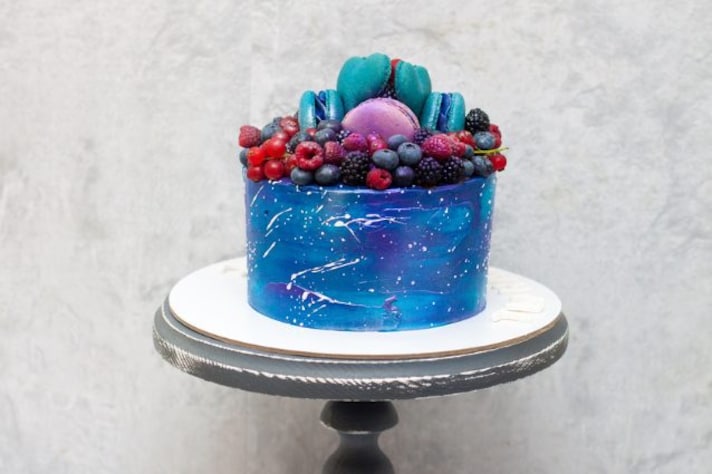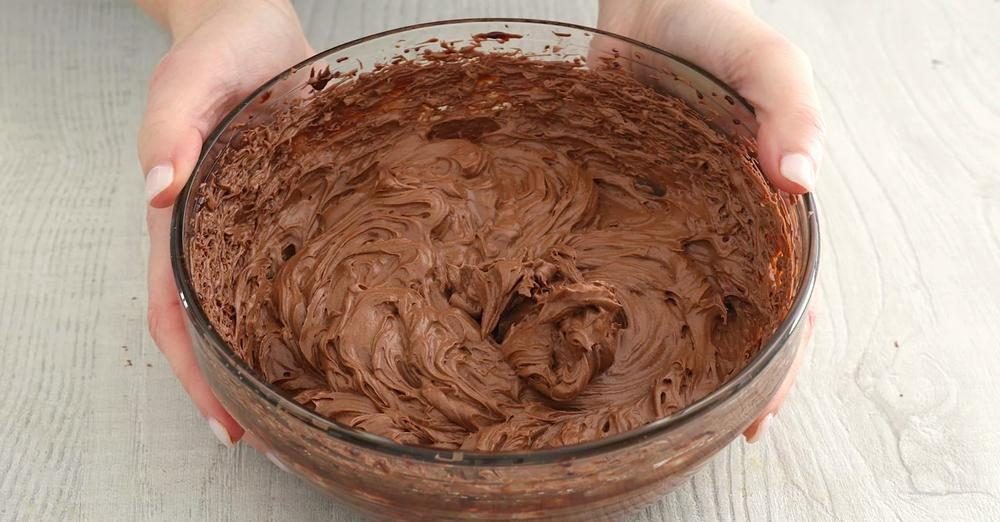What Are the Main 7 Cake Decorating Techniques Every Home Baker Should Know?
Do you like to try your hand at cake decorating or are you someone who's looking for somewhere to start? Read ahead to find out what the 7 most important cake decorating techniques are!

Cake decorating can be an art form, and mastering the right techniques is essential to take your baked creations from simple to show-stopping. Whether you’re preparing a birthday cake, wedding masterpiece, or just a fun dessert, knowing these seven cake decorating techniques will help you elevate your skills. Let’s dive into these sweet methods that are bound to make your cake the talk of the party.
1. Buttercream Frosting

Buttercream is often the first step on any baker’s cake decorating journey, and for good reason. This technique involves using a creamy mixture of butter and powdered sugar, whipped until it’s light, airy, and irresistibly smooth. Buttercream is incredibly versatile—you can spread it, pipe it, or tint it with food coloring for added flair. The key to success? A steady hand and a good offset spatula to ensure a smooth and even finish. Once you’ve nailed this technique, the sky’s the limit on how fancy you want to get with piped designs and patterns.
2. Fondant

If buttercream is the canvas, then fondant is the clay for cake decorators. Fondant is a sugar paste that can be rolled out and draped over your cake, giving it a smooth, flawless finish that’s perfect for intricate designs. Whether you’re creating sleek, modern cakes or crafting detailed figurines and floral accents, fondant opens the door to endless creativity. Just make sure your cake is perfectly level and crumb-coated with buttercream before applying it—nobody wants a lumpy fondant cake!
3. Piping

Piping is where the magic really starts to happen. Using piping bags and various nozzles, you can create everything from delicate rosettes and intricate borders to elegant lettering. The secret to mastering piping is practice, practice, practice. Start with simple designs, like dots and swirls, and work your way up to more complex patterns. Remember, different piping tips can completely change the look of your cake, so don’t be afraid to experiment with shapes and textures. It’s all in the wrist!
4. Ganache

There’s something undeniably indulgent about a cake adorned with a glossy chocolate ganache. Made from equal parts chocolate and cream, ganache is used to cover cakes, or in the trendiest of decorating techniques: the drip cake. The key to a perfect ganache is getting the consistency just right—not too thick, not too runny. Pour it gently over the top of your cake, and watch as those decadent chocolate drips form down the sides. Pro tip: Chill your cake before adding ganache to control the drips for that Instagram-worthy look.
5. Edible Decorations

Edible decorations are like accessories for your cake—they’re the little details that make it pop. From fruit slices and edible flowers to sprinkles and candy, these decorations add both texture and bursts of flavor. You can use them to cover flaws (hey, nobody’s perfect!) or to simply enhance the theme of your cake. The trick is to strike the right balance: too many decorations can make a cake look busy, while just the right amount can take it from simple to spectacular.
6. Airbrushing

If you’re looking to add drama and depth to your cake, airbrushing is the way to go. This technique involves using an airbrush machine to spray edible food coloring onto your cake, creating everything from soft gradients to vibrant, show-stopping designs. It’s perfect for achieving effects that are difficult to replicate with frosting or fondant, like ombre shades or delicate shading on fondant flowers. Just remember to cover your workspace—it can get messy, but the results are well worth it.
7. Stenciling

For those who want to add detailed designs to a cake without freehand piping, stenciling is a lifesaver. With this technique, you place a decorative stencil over your cake and apply a thin layer of royal icing or cocoa powder to create a beautiful, intricate pattern. Whether you’re looking for geometric shapes, lace-like designs, or even custom lettering, stenciling gives you a professional finish with minimal effort. It’s cake decorating’s answer to "fake it till you make it," and the results are stunning.
;Resize,width=767;)
;Resize,width=712;)
;Resize,width=712;)
;Resize,width=712;)
